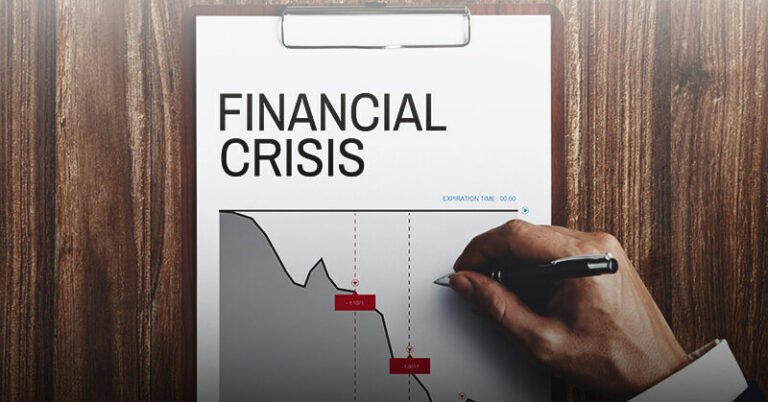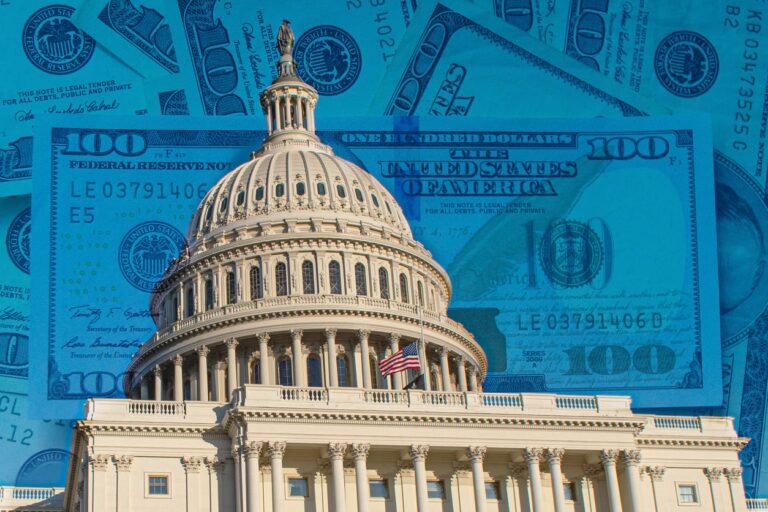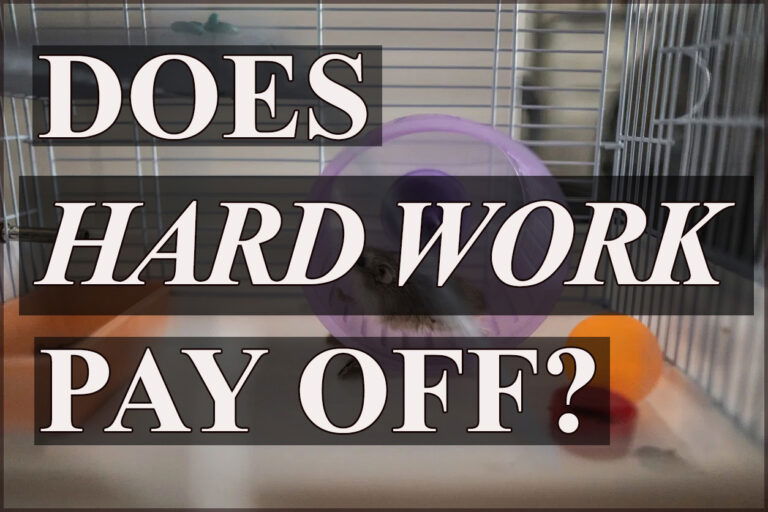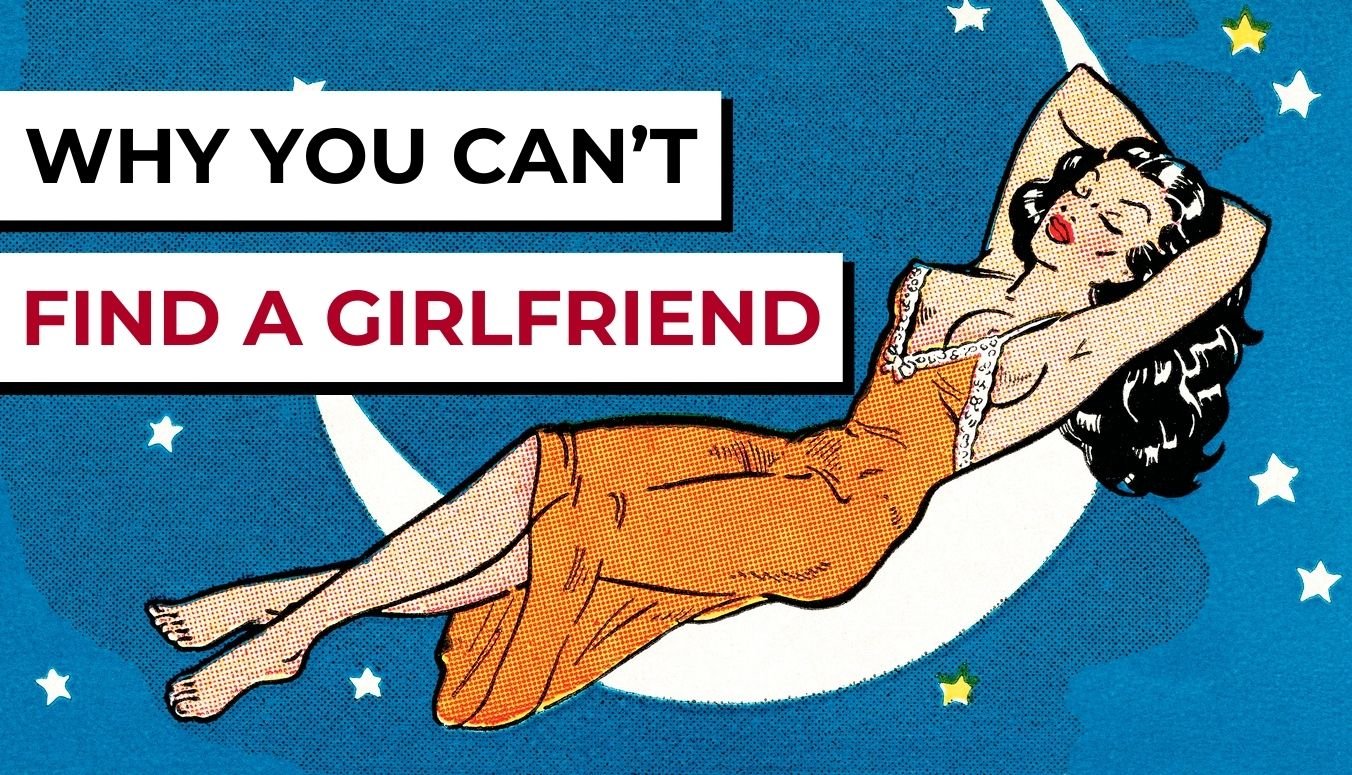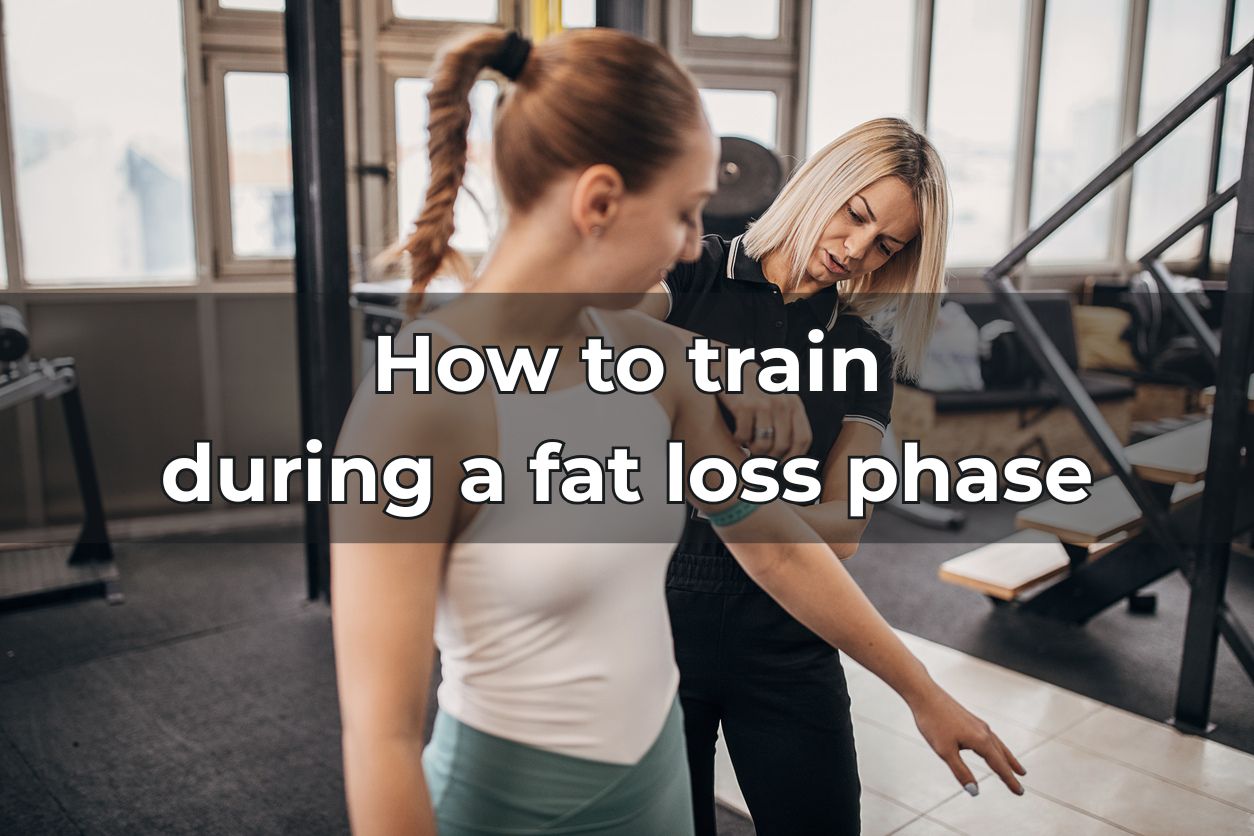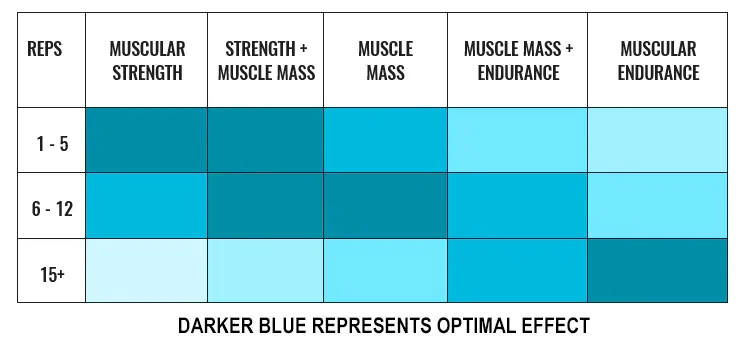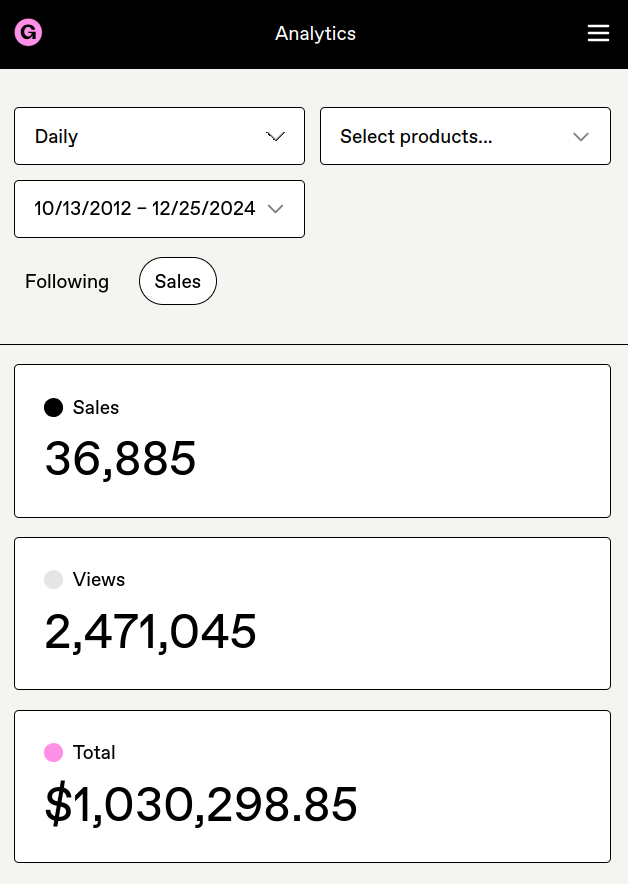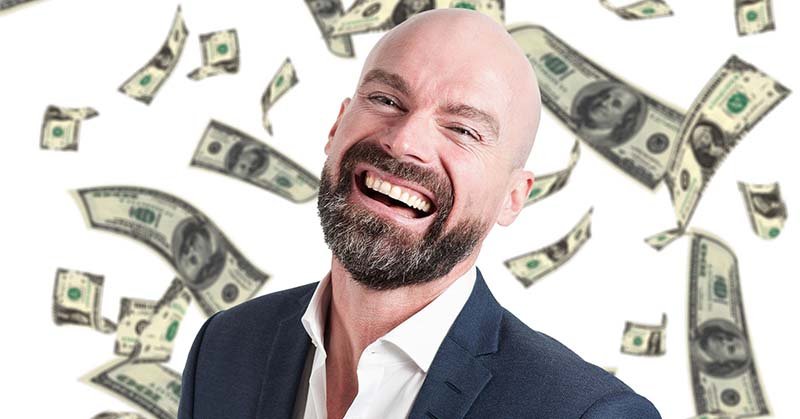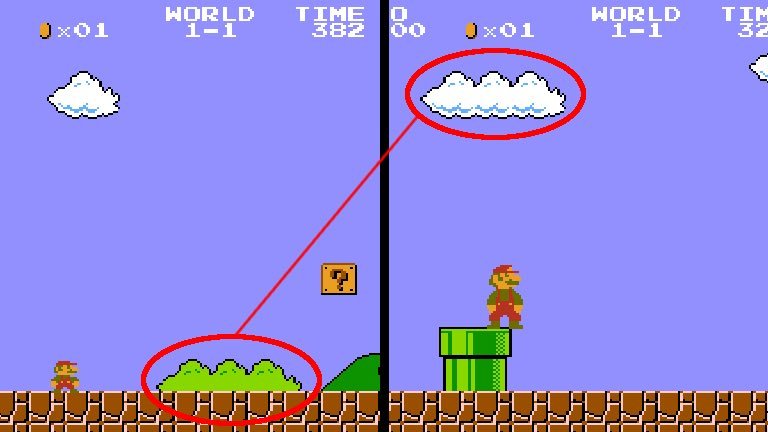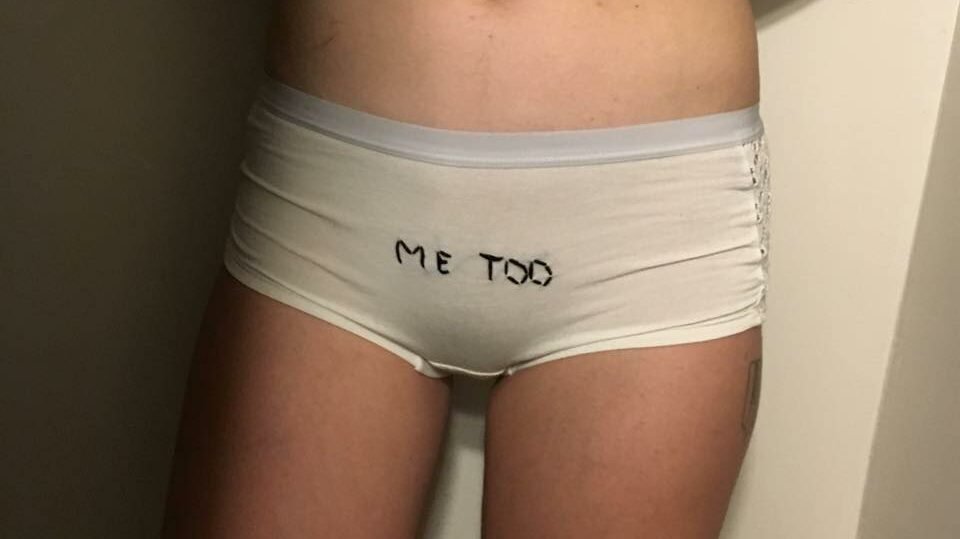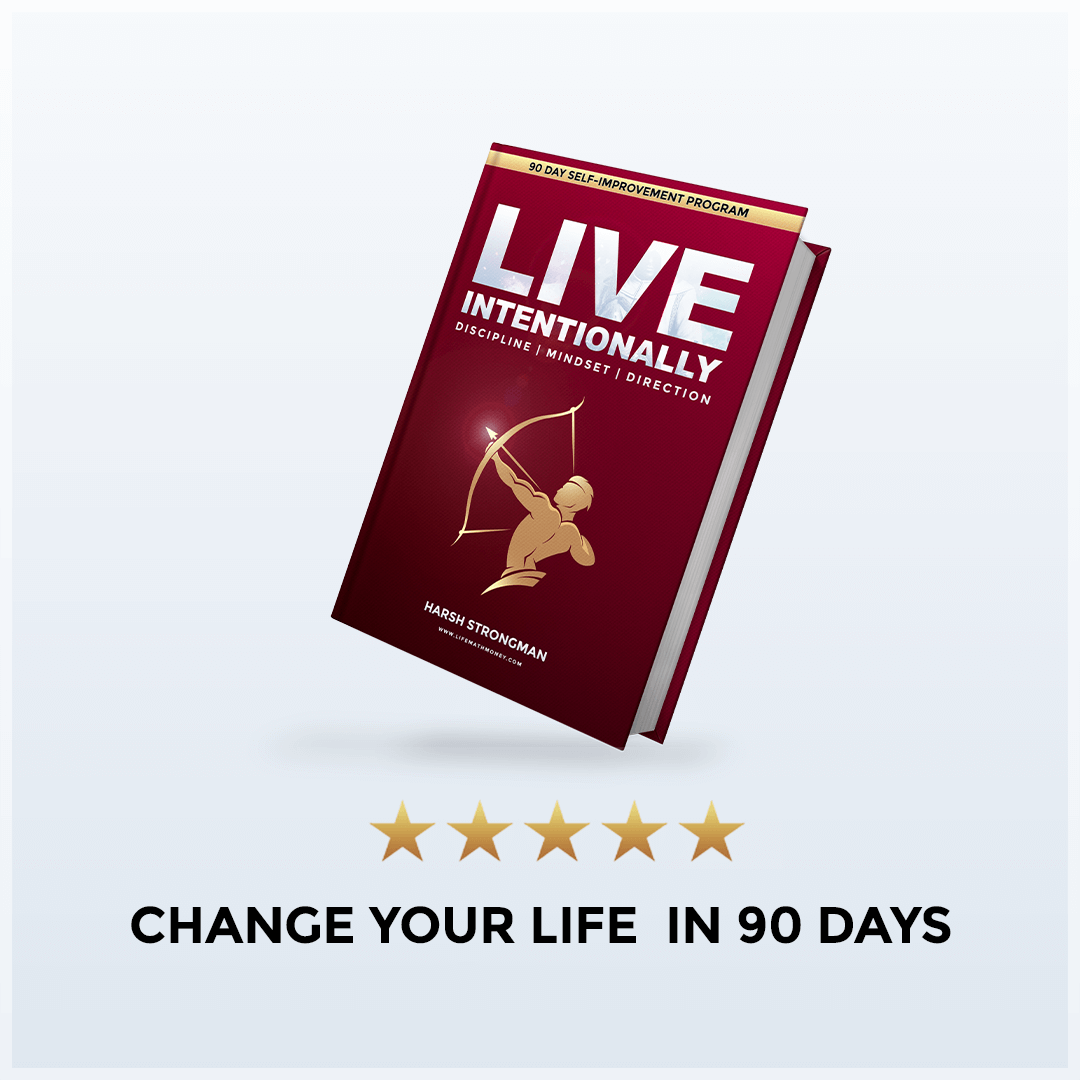Ah, debt aka modern-day slave chains.
Well, I believe you already know that taking on consumer debt – student loans and especially credit card debt – does not make sense in most cases.
The thumb rule I use is “borrow to produce, not to consume.”
But, let’s say by the time you realized it, you were already in debt.
Some of you probably are – you made a mistake, let’s fix it. How would you go about getting out of debt?
Well, it depends.
First, we’ll analyze the debt, and try to compute if we should be paying it back in the first place.
You’ll see what I mean.
We’ll start by making a note of the inflation rate.
On average, say the rate of inflation is 3%.
Then, we’ll make a list of debts that we have, along with the interest rates that we have to pay.
| No. | Amount of Loan | Interest | Loan Type | Notes |
| 1 | $10,000 | 8% | Credit Card | – |
| 2 | $20,000 | 9% | Medical Loan | Interest eligible for an income tax write-off up to $1000 |
| 3 | $10,000 | 10% | Personal Loan | Interest leviable from the 2nd year (1st year Interest-free) |
| 4 | $50,000 | 2.5% | Student Loan | – |
Alright, so as you can see, the interest on the medical loan is eligible for a tax write-off of up to $1000 (example only, some countries have this, some don’t).
Let’s assume you fall into the marginal income tax category of 35%.
So we’ll compute the real cost of the loan as follows:
[(20000*9%) – (1000*35%)]/20000 * 100 = 7.25%
In the first year, we will try to pay off the 8% credit card debt (highest cost), and once we do that, we’ll target the medical loan.
Once year 2 starts, we’ll start paying off the 10% personal loan, followed by the 8% credit card debt and then the medical loan.
If there is a minimum payment requirement, then we’ll make minimum payments.
What about the student loans? We’ll leave it untouched. It does not meet inflation.
We’ll keep the loan in our portfolio for as long as possible.
The reasoning is that we can make *more* money by simply investing in bonds and dividend-paying assets returning more than inflation!
Next, let’s take a look at sources of funding.
If you’re a salaried person, you probably have a Provident Fund / 401K where contributions are matched by your employer.
In that case, we’ll contribute the maximum matched amount to the 401K (100% return) but nothing more than that.
We’ll try to increase our top line (revenue) by negotiating with employers.
We’ll set a minimum amount that we’ll be paying towards our debt each month – this amount is the *minimum*, we ideally want it to be higher.
The minimum amount has to be slightly ambitious, even if it means we have to downgrade our lifestyle a little.
We’ll get rid of recurring expenditures.
Lots of people who save try to do so by cutting down one time purchases such as books or clothing (which makes sense for luxury items such as $500 shirts, but not for your regular everyday clothing) – it’s a stupid battle because one time low/medium cost doesn’t really matter much in the long scheme of things.
Cutting down one-time expenses leads to a considerable reduction in quality of life for an insignificant increase in savings. It doesn’t make sense.
What you should be targeting are recurring expenditures.
Rent? Move to a cheaper place or get some roommates.
Cable TV and Netflix? Don’t need it. (Save money AND improve your life haha)
Your everyday pair of beers at the bar? Don’t need it. (See above)
Do not start doing dumb things like couponing etc. (Waste of time for one time savings!)
Most importantly, you need to find ways to increase your top line.
More sales, more profits.
If you have a job, try to freelance in your free time for some additional cash flows (and set up a small time freelancing business at the same time!)
Once we have our funding sources figured out, we’ll try to negotiate with lenders.
If you’re completely broke and can’t make any payments: Call up your credit card company and try to get them to accept a structured debt settlement for 50% or lower of the amount due. Try to negotiate a 3-5 installment payment structure. Many people are able to get significant reductions in payments by merely asking.
Even if you’re not broke, you can get some or the other concession in your payments – usually some interest forgiveness or reductions in interest rates by simply asking for it.
ASK. If you don’t call and ask, you won’t get it for sure.
You have nothing to lose!
(If it didn’t work, try calling a day or two before the end of the quarter.)
Remember, banks are businesses. They are willing to forgive a part of debt rather than bankrupting their borrowers, especially when they won’t be getting much in a bankruptcy filing.
Be careful though, you do not want to mess up your credit scores.
Once you get some debt forgiven, you’ll want to re-run step 1 (payment order likely changed).
And for the love of god, you don’t need to travel the world for “perspective and experience” when you’re under heavy debt (and especially not by borrowing for the vacation!!!)
Do not do anything that’ll bring in more debt, of course.
By the end of the exercise, you should have paid off your debt and created new income streams in the process! (And learnt quite a bit about the importance of being financially responsible!)
Hope this helps,
Your Man,
Harsh Strongman







